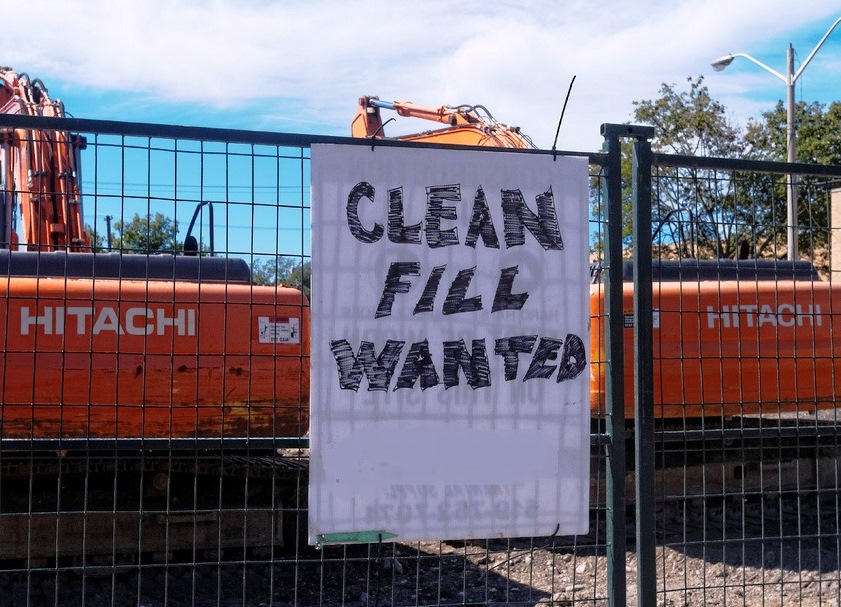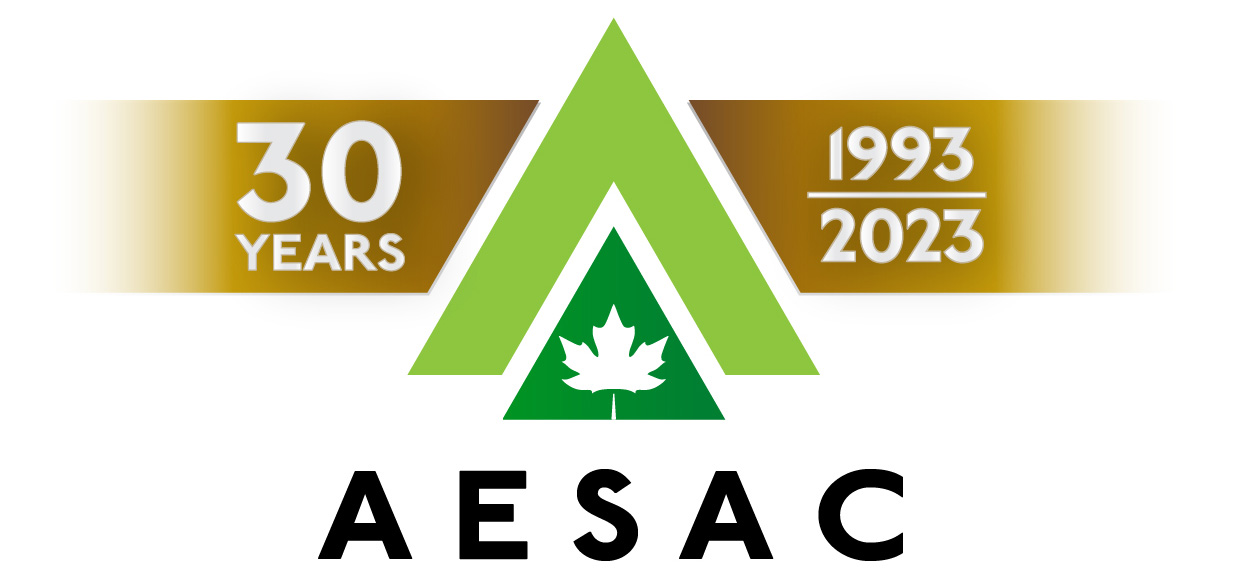- Home
- Training Courses
- Membership
- About Us
- Instructors Blog
- December 2023: All I Want For Christmas
- November 2023: ESA Report Reviews
- October 2023: Can AI Write an ESA Report?
- September 2023: Getting Paid... or Not
- August 2023: Take Me Back...
- July 2023: To Bid or Not To Bid
- June 2023: Selecting a Supplier
- April 2023: Phase 1 Problems, Part 3
- March 2023: Phase 1 Problems, Part 2
- February 2023: Phase 1 Problems, Part 1
- January 2023: Working Outside in Winter
- 2022 Blogs
- 2021 Blogs
- December 2021: Asbestos in your Home
- Sept 2021: Dirty Jars And Other Bad Things… Part 2
- August 2021: Dirty Jars And Other Bad Things… Part 1
- July 2021: How do you want that drawing to look? Part 2
- June 2021: How Did You Want That Drawing To Look? Part 1
- April 2021: So You Need a RSC... Part 2
- March 2021: So You Need a RSC... Part 1
- February 2021: What's In Your Toolbox? Part 2
- January 2021: What's In Your Toolbox? Part 1
- 2020 Blogs
- December 2020: A Day in the Life, Part 2
- November 2020: A Day in the Life, Part 1
- October 2020: Exploring Your Career Path
- September 2020: So You Want To Start Your Own Business - Part 2
- August 2020- So You Want to Start Your Own Business
- June 2020: Effective Communication
- May 2020: Tips For Working From Home
- April 2020: Conducting ESA’s During a Pandemic
- March 2020: It's Not Easy Being Green
- February 2020: Looking Ahead; Bold Predictions for the Next Decade
- January 2020: Looking Back; A Decade in Review
- 2019 Blogs
- 2018 Blogs
- 2017 Blogs
- 2016 Blogs
- 2015 Blogs
- Find an AESAC Member
Menu- Home
- Training Courses
- » Training Courses
- » Webinar Series
- » Calendar of Events
- » Course Registration
- » Course Instructors
- » Testimonials
- Membership
- » Become a Member
- » Certifications
- » Membership Search
- » Update Member Profile
- » Members Only
- » » Member Login
- » » Membership Renewal
- » » Create/Change Password
- » » CESA Certification Application
- About Us
- » About AESAC
- » Course Instructors
- » Contact Us
- Instructors Blog
- » December 2023: All I Want For Christmas
- » November 2023: ESA Report Reviews
- » October 2023: Can AI Write an ESA Report?
- » September 2023: Getting Paid... or Not
- » August 2023: Take Me Back...
- » July 2023: To Bid or Not To Bid
- » June 2023: Selecting a Supplier
- » April 2023: Phase 1 Problems, Part 3
- » March 2023: Phase 1 Problems, Part 2
- » February 2023: Phase 1 Problems, Part 1
- » January 2023: Working Outside in Winter
- » 2022 Blogs
- » » December 2022: Advice To My Younger Self
- » » October 2022: Pre-Purchase Due Diligence
- » » Sept 2022: Words Matter
- » » July 2022: Let Us Come To You
- » » April 2022: Due Diligence
- » » March 2022: Time Management
- » » February 2022: Spinning Augers... Part 2
- » » January 2022: Spinning Augers... Part 1
- » 2021 Blogs
- » » December 2021: Asbestos in your Home
- » » Sept 2021: Dirty Jars And Other Bad Things… Part 2
- » » August 2021: Dirty Jars And Other Bad Things… Part 1
- » » July 2021: How do you want that drawing to look? Part 2
- » » June 2021: How Did You Want That Drawing To Look? Part 1
- » » April 2021: So You Need a RSC... Part 2
- » » March 2021: So You Need a RSC... Part 1
- » » February 2021: What's In Your Toolbox? Part 2
- » » January 2021: What's In Your Toolbox? Part 1
- » 2020 Blogs
- » » December 2020: A Day in the Life, Part 2
- » » November 2020: A Day in the Life, Part 1
- » » October 2020: Exploring Your Career Path
- » » September 2020: So You Want To Start Your Own Business - Part 2
- » » August 2020- So You Want to Start Your Own Business
- » » June 2020: Effective Communication
- » » May 2020: Tips For Working From Home
- » » April 2020: Conducting ESA’s During a Pandemic
- » » March 2020: It's Not Easy Being Green
- » » February 2020: Looking Ahead; Bold Predictions for the Next Decade
- » » January 2020: Looking Back; A Decade in Review
- » 2019 Blogs
- » » November 2019
- » » September 2019
- » » August 2019
- » » July 2019
- » » May 2019
- » » March 2019
- » » February 2019
- » » January 2019
- » 2018 Blogs
- » » November 2018
- » » October 2018
- » » September 2018
- » » August 2018
- » » July 2018
- » » June 2018
- » » May 2018
- » » March 2018
- » » February 2018
- » » January 2018
- » 2017 Blogs
- » » April 2017
- » » June 2017
- » » August 2017
- » » September 2017
- » » December 2017
- » 2016 Blogs
- » » October 2016
- » » September 2016
- » » August 2016
- » » July 2016
- » » June 2016
- » » March 2016
- » » January 2016
- » » December 2016
- » » November 2016
- » 2015 Blogs
- » » April 2015
- » » July 2015
- » » September 2015
- » » October 2015
- » » December 2015
- Find an AESAC Member
By: Bill Leedham, P. Geo., CESA
Recently there has been a lot of discussion about fill, especially with proposed new Ontario regulations for excess construction fill and requirements for Soil Management Plans (SMP) to be completed by a Qualified Person. I thought this would be a good time to talk about the subject of fill materials as they relate to Environmental Site Assessments. I will leave the issues of excess construction fill and SMP for a future blog, and instead discuss what constitutes fill, why it can be a potential environmental concern, and how to identify possible fill in Phase 1 ESA research and distinguish fill materials in the field.
What is Fill?
Fill definitions may refer generally to any type of material that can be deposited or removed from lands, or list example materials which may constitute fill. According to the Ontario Ministry of the Environment (MOE), under their Proposed Excess Soil Policy Framework - “‘Fill’ means topsoil, Soil, rock, stone, clean concrete without coating, free of rebar and free from contamination, sod or turf, either singularly or in combination, and scientifically demonstrated inert material”; and “‘Waste’ means any material that is not Fill.” Regulation 347 under the Ontario Environmental Protection Act (Waste Management – General) designates “inert fill” as a waste and then goes on to exempt “inert fill” from the waste management requirements under Part V of the EPA. “Inert fill” is defined as “earth or rock fill or waste of a similar nature that contains no putrescible materials or soluble or decomposable chemical substances.”Why is Fill a potential environmental concern?
Fill materials on a property can present problems for many reasons, including: potential environmental concerns due to soil and groundwater impacts from contaminated fill to and/or methane generation when high organic content soils or putrescible materials (garbage) are buried; geotechnical concerns related to poor soil bearing capacity and structural settlement; and financial concerns due to excavation and disposal and/or increased construction costs. The Canadian Council of Ministers of the Environment (CCME) notes that historical filling with waste soils may result in dispersed and approximately random “pockets” of contamination of varying size. In Ontario, the MOE has defined “Importation of Fill Material of Unknown Quality” as a Potentially Contaminating Activity (PCA), and the presence of such material on-site would trigger a mandatory Phase Two ESA for the purposes of obtaining a Record of Site Condition.
When people say ‘Clean Fill Wanted’ they usually mean soil that is free from organic matter, vegetation, debris or other deleterious or un-compactible materials; and little thought is given to the source of these materials nor their chemical composition, especially for historic fill placement. Fill materials of unknown origin or quality may have been imported to a property for rough or bulk site grading; levelling or filling in localized low spots, ravines or depressions; and for backfilling of buildings, excavations, or below floor slabs and pavement structures. If such material were to originate from an industrial property or other (potentially) contaminated site, those source property contaminants could also be imported to the receiving property. Field indicators of potential soil contamination may include the presence of site features such as tanks, drums, burn pits, lagoons, etc., as well as the presence of odorous, discolored or stained soils, the presence of non-native materials such as fill, stockpiles, or debris, and the presence of distressed vegetation, or contaminant tolerant plant species.About the Author:
Bill Leedham, P. Geo., CESA
Bill is the Head Instructor and Course Developer for the Associated Environmental Site Assessors of Canada (www.aesac.ca); and the founder and President of Down 2 Earth Environmental Services Inc. You can contact Bill at info@down2earthenvironmental.ca
Training Courses
Membership
About Us
Contact UsCopyright (c) 2024 Associated Environmental Site Assessors of Canada; AESAC Inc.



